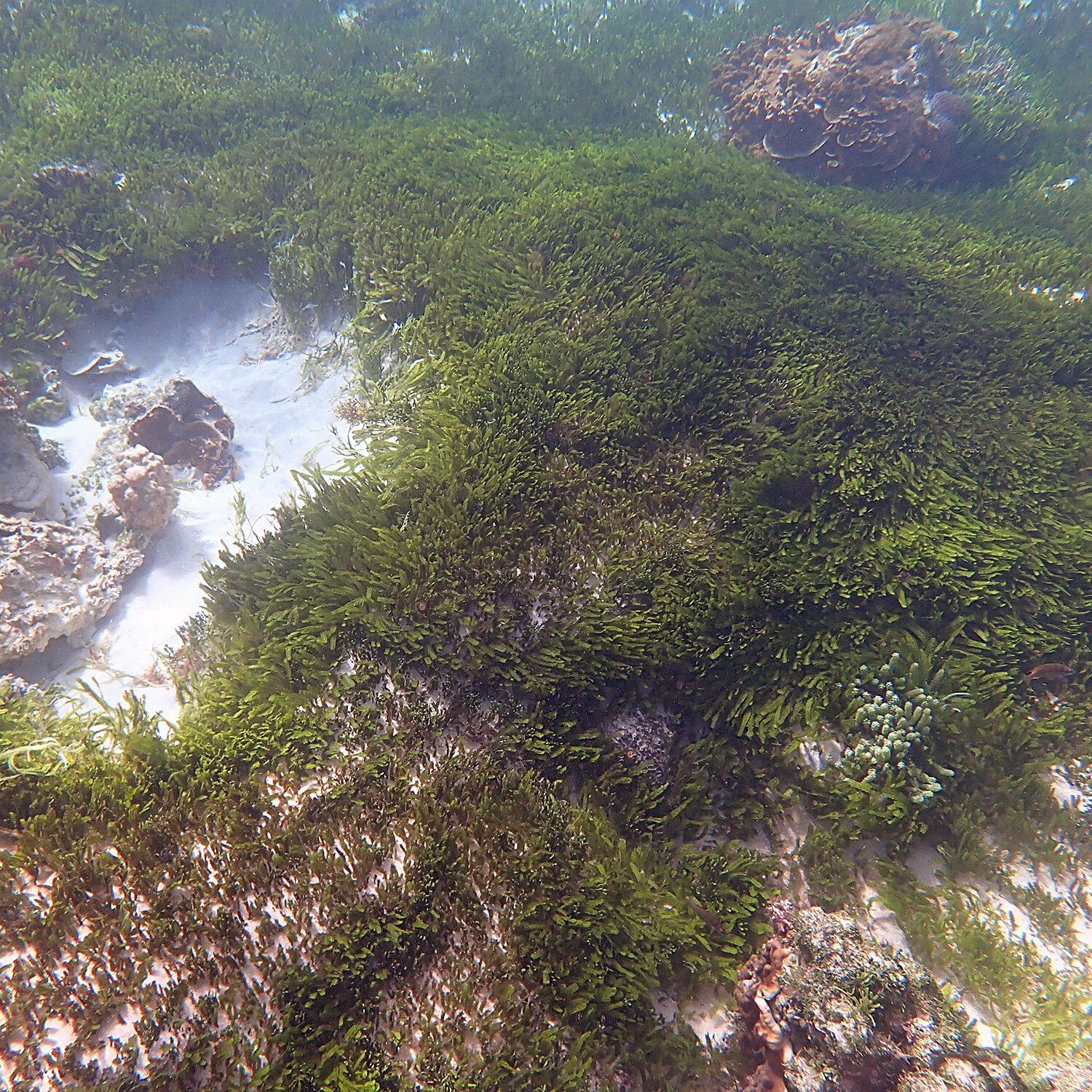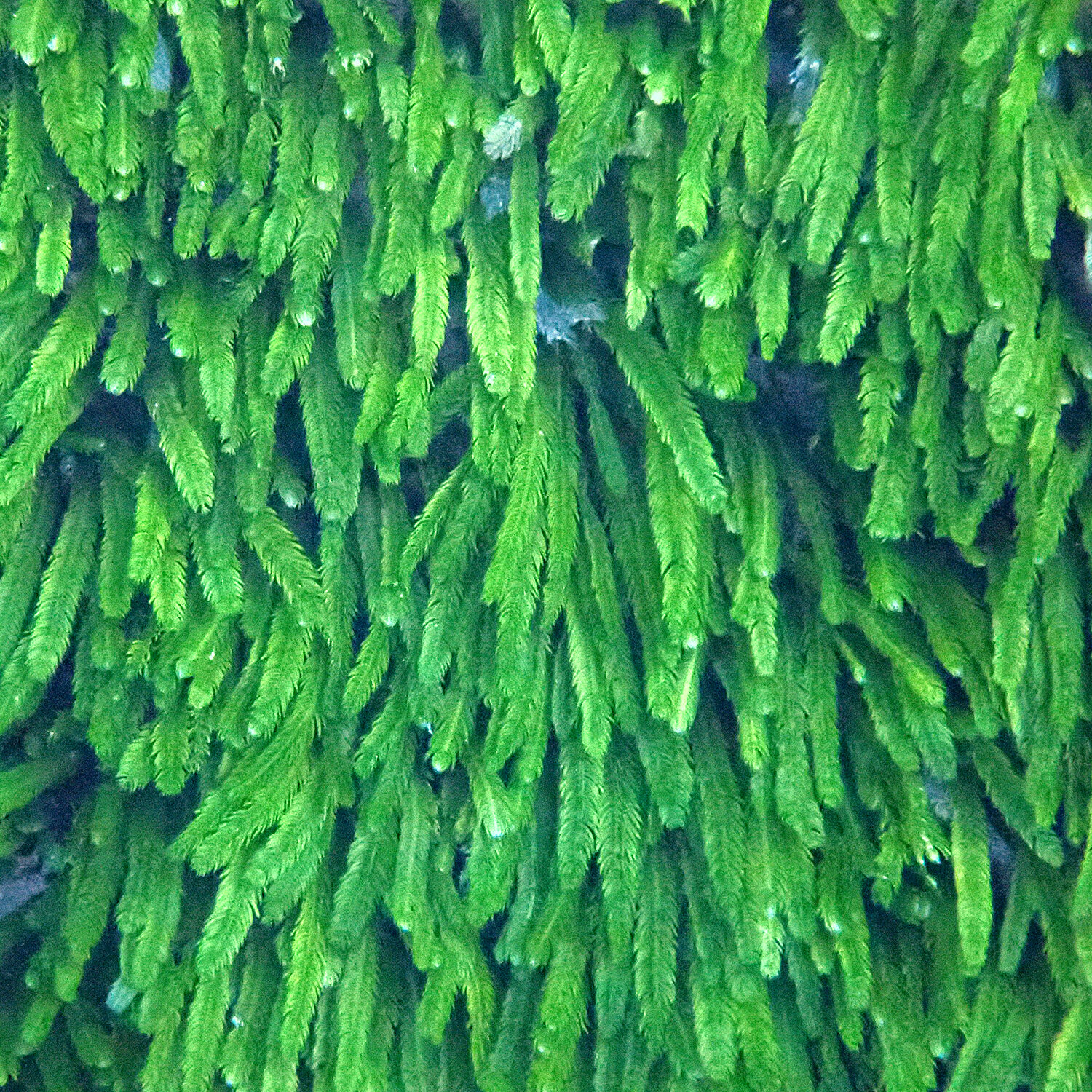


Native to the South Pacific and the tropical areas of the Indo-Pacific region, feather Caulerpa, Caulerpa taxifolia, looks like a gorgeous, lush, green meadow. And at the moment we seem to have large expanses of it in our lagoons.
In its native habitat, like Hawaii for example, it has shown no invasive tendencies. However, when out of its natural habitat range, in areas of New South Wales, or over in California for example, it is regarded as a marine pest, mainly because it is hardy and fast growing and can be detrimental to other marine life.
Victoria, South Australia, New South Wales and New Zealand all regard it as a pest species. And, unfortunately, fish don’t like to eat it.
It is popular for use in aquariums as a decorative plant, although it has been banned from sale in New South Wales. Just the tiniest piece escaping into the wild can settle and grow out of control rapidly, growing as much as 2.5 cm a day.
To be honest, I’m not sure what to make of our current carpet of feathery fronds, but I do know it is regarded as occuring naturally here. Meanwhile, I am sure fellow snorkellers will concur, we have lots of it!
On a cheerier note, I’ve noticed many species of fish turning up their colours. Last week, I saw a mature male sergeant major. Normally black and white stripes, with its yellow epaulettes, this Indo-Pacific sergeant, also known as a sergeant major, Abudefduf vaigiensis, was a beautiful blue and green hue, still with the yellow shading and black stripes.
I spotted my little Blacktip morwong, Cheilodactylus francisi, away from the safety of his regular stomping ground on the reef, out in Emily Bay. It has been almost a month since we last crossed paths, so it was great to see him again.
And were the Norfolk cardinalfish, Ostorhinchus norfolcensis, beginning to pair off? I’m not sure, but it certainly looked like it! You can read more about their breeding habits in an earlier blog post, here: The mouth-brooding Norfolk cardinalfish.
I can’t close this week’s nature blog off without saluting the gorgeous notch-head marblefish, Aplodactylus etheridgii, that let me take his photo from right up close. To me, the most fascinating thing about this image, apart from the unusual angle, is his eyeball, so clear you can see right through it (bottom image, below). Amazing!





